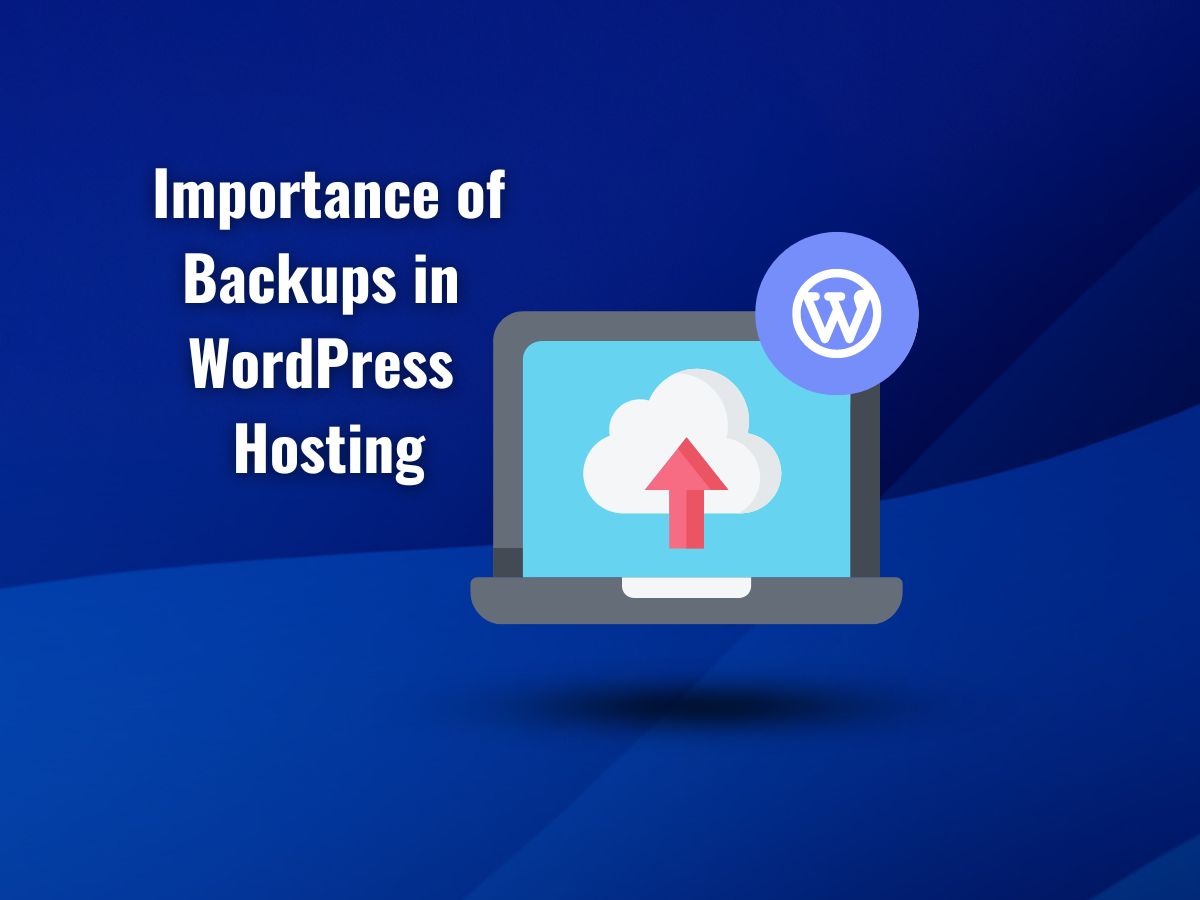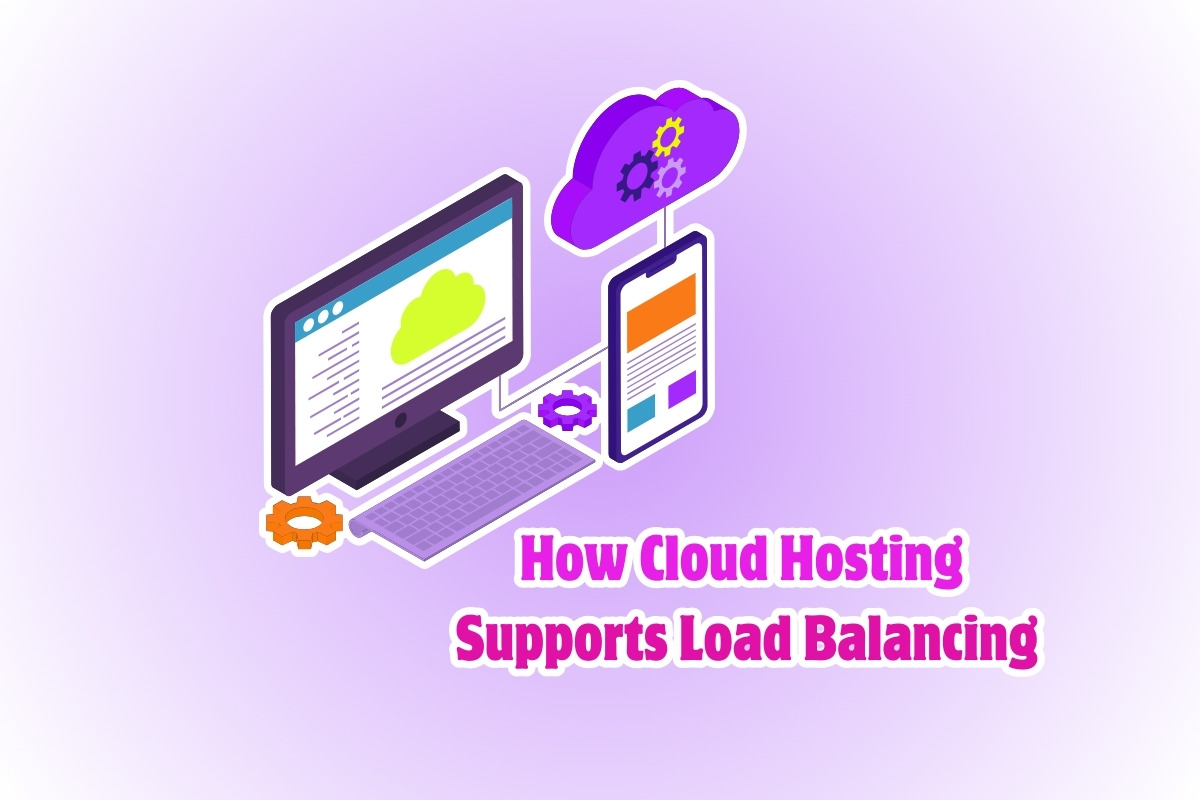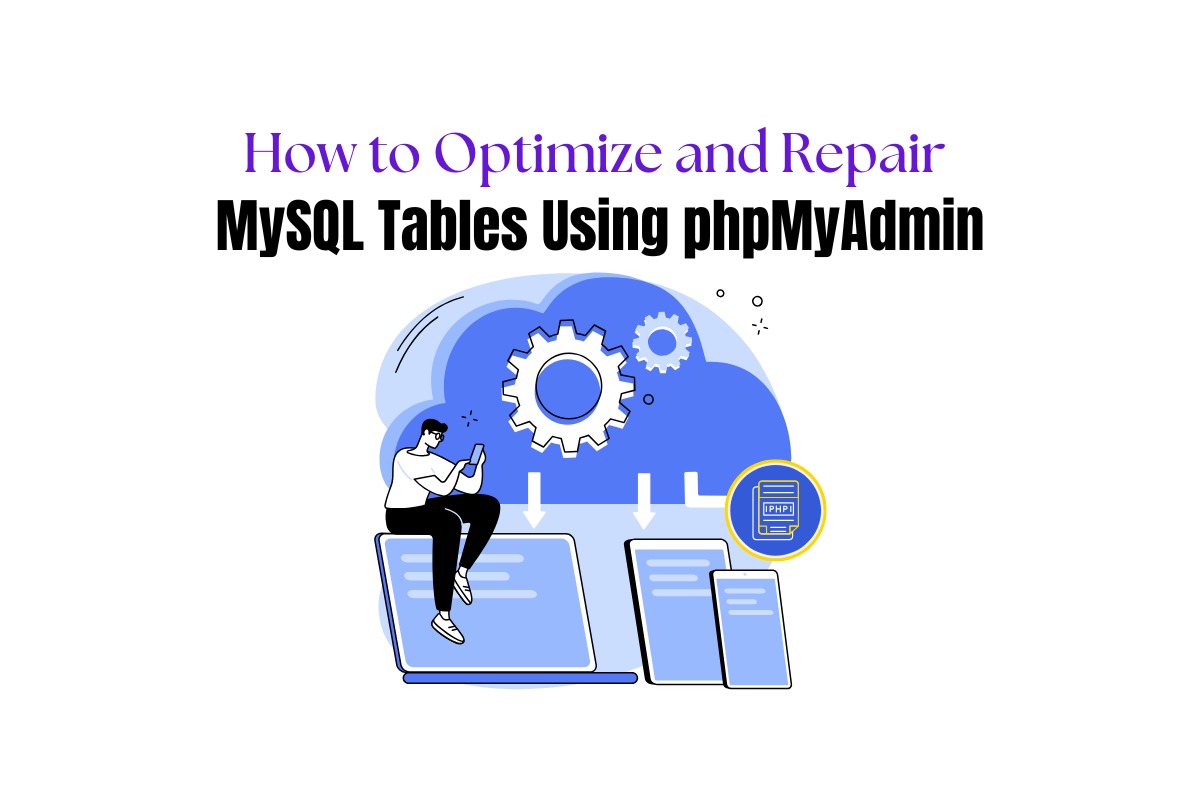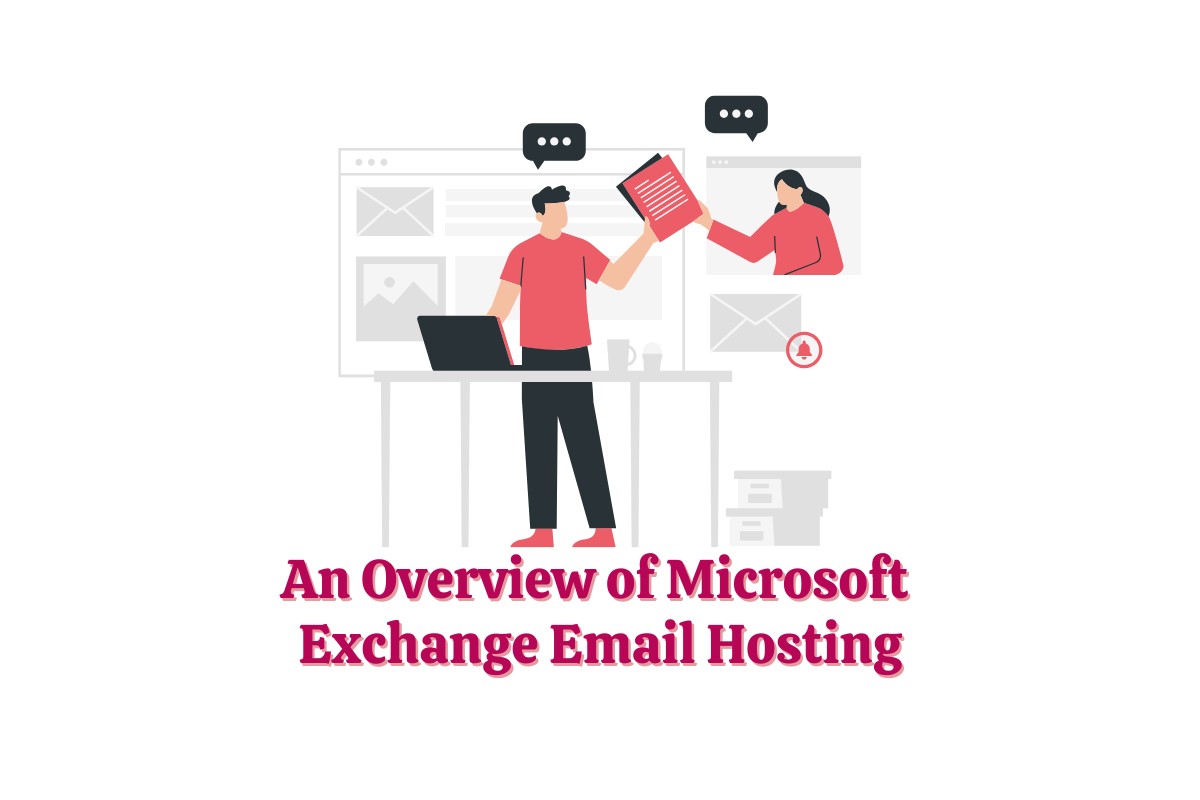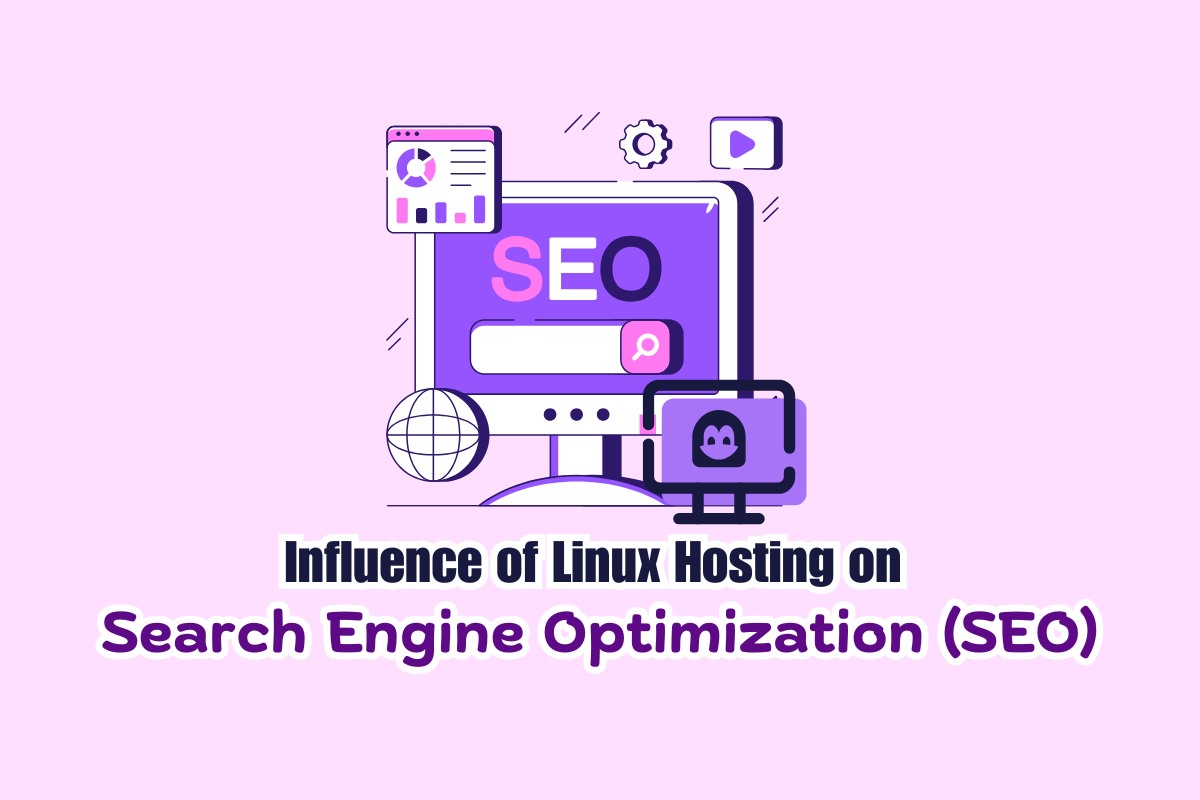
Pricing Structures in Cloud Hosting: An Overview
Demystifying the labyrinth of cloud hosting pricing can be a complicated endeavor. Different providers employ various pricing models depending on numerous factors. Understanding these pricing structures is vital for businesses, as it helps keep costs in check while ensuring they don’t come up short on necessary resources. This blog post offers an overview of the main pricing structures in cloud hosting.
Pay-as-You-Go (PAYG) Model for Cloud Hosting
The Pay-as-You-Go (PAYG) model, also known as the usage-based pricing model, is one of the most popular pricing structures in cloud hosting. With PAYG, you pay only for the resources you use. This could include storage, bandwidth, or computing power.
The advantage of the PAYG model is that it’s incredibly flexible. If your resource needs fluctuate, you’ll only need to pay more when your usage increases. However, this unpredictability could also lead to unexpected costs if your resource use surges unexpectedly.
Subscription Model
Under the subscription pricing model, you pay a fixed monthly or yearly fee for a preset package of resources. This model simplifies budgeting because you know exactly what your hosting costs will be upfront.
On the flip side, you might end up paying for resources you don’t fully utilize, especially during quieter periods. Or, you might exceed the resources included in your subscription, which could lead to either performance issues or additional charges.
Reserved Instances Model
With Reserved Instances (RI), you commit to using a certain amount of resources for a fixed period (usually one to three years). In exchange for this long-term commitment, hosting providers often give significant discounts compared to PAYG pricing. This model is beneficial if you have predictable, steady demand for resources over the long term.
However, this structure offers little flexibility if your resource requirements change during the contract term. Plus, it requires a considerable upfront financial commitment.
Spot Pricing Model
Spot pricing is a bit like a cloud hosting auction. Providers offer unused resources at discounted prices. These resources can be claimed for a certain amount of time, but they can also be reclaimed by the provider with short notice.
This model allows you to access powerful resources at lower costs, but there’s a high level of unpredictability. It’s not suitable for critical applications as your resources can be claimed back any time.
Hybrid Pricing Model
A hybrid pricing model gives you the best of both worlds. You might have a base subscription or reserved instances to cover your predictable base load, with the capacity to use PAYG pricing for any spikes in demand. This gives you the predictability of a fixed cost but with adaptability for fluctuations.
Conclusion of Cloud Hosting
When choosing a pricing model for cloud hosting, there’s no one-size-fits-all solution. The best pricing structure depends on the specific needs and characteristics of your applications and websites. Agility, predictability, and cost-efficiency should be the key considerations guiding your choice. By understanding different pricing models, businesses can make an informed decision that balances their performance needs with their budgetary constraints.


